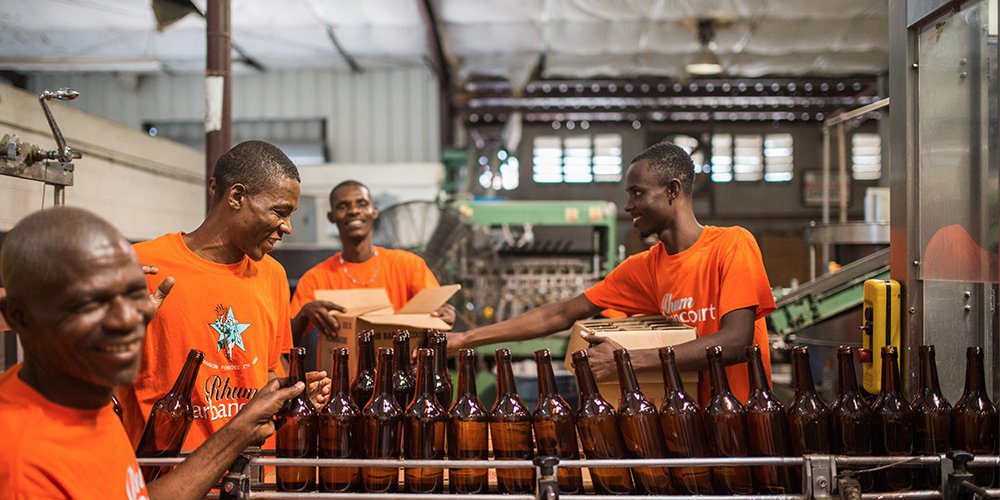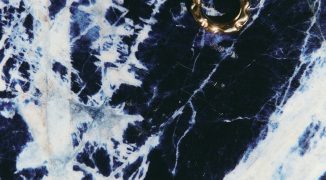It’s been six years since a 7.0 magnitude earthquake devastated Haiti, its capital city of Port-au-Prince, and the Haitian people. Upwards of 100,000 people lost their lives, while millions of others lost their homes.
Relief funds poured in from around the world, although a tour of the city and its surroundings, or a conversation with a local, quickly reveals that much of those funds never reached their intended destination, siphoned off instead by those who lined their own pockets as their countrymen carried on without shelter, food or water.
The steep hills which surround the city are packed with lines of concrete homes, and the houses which are unpainted remain uninhabited. A glimpse at an entire mountainside reveals a stark, bleak grey landscape save for a rare spot of tropical blue or orange, signaling that (due to one bureaucratic shortfall or another) few people are actually living in those homes, despite the construction.
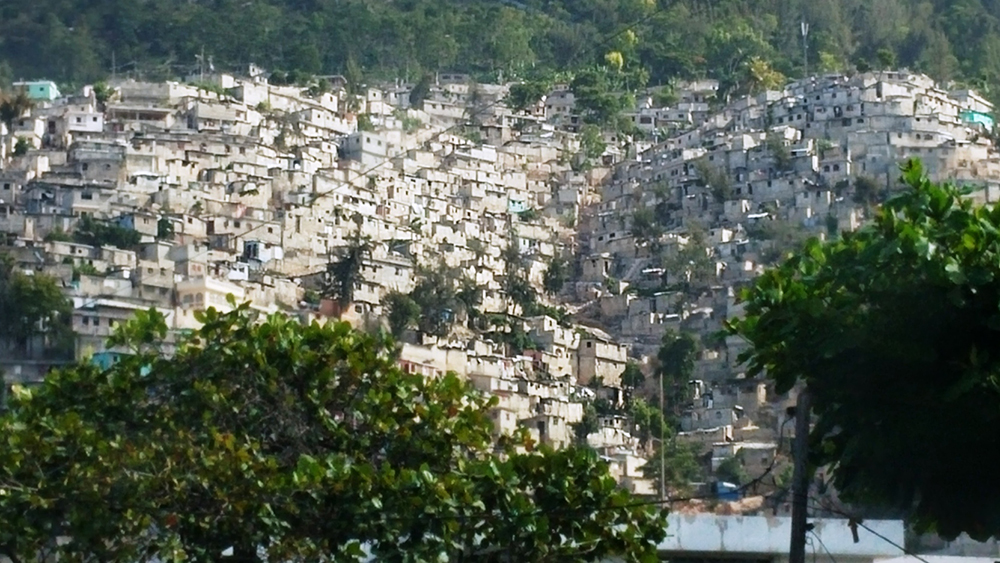 Uninhabited houses on a Port-Au-Prince hillside signal that, by some bureaucratic shortfall, most people never received the aid that came to the country after the earthquake. Photo by Jake Emen.
Uninhabited houses on a Port-Au-Prince hillside signal that, by some bureaucratic shortfall, most people never received the aid that came to the country after the earthquake. Photo by Jake Emen.
Beyond the airport and outside the city, surrounded by cane fields, is the Rhum Barbancourt Distillery. The beautiful facility, with green grounds and gardens, bright flowers and fountains, and rows of stone barrel warehouses seems a world removed from the rubble which still lines the streets of Port-au-Prince. In some ways it is — gated off and watched by armed guards, while within, the distillery busily hums with business, tractors noisily towing truckloads of sugarcane to be weighed and processed, workers on the bottling line filling box after box of product.
That product is inextricably linked to the people producing it, and the area from which it comes. It’s what Thierry Gardère, CEO of Rhum Barbancourt, calls an icon, and a national treasure for the Haitian people.
But amidst current day crises all over the world, international attention has turned away from the slowly recovering island nation.
“It’s very rare to have journalists coming here,” Gardère told a group of reporters on a trip hosted by the West Indies Rum Spirits Association (WIRSPA) and its Authentic Caribbean Rum (ACR) campaign. “And it’s important.”
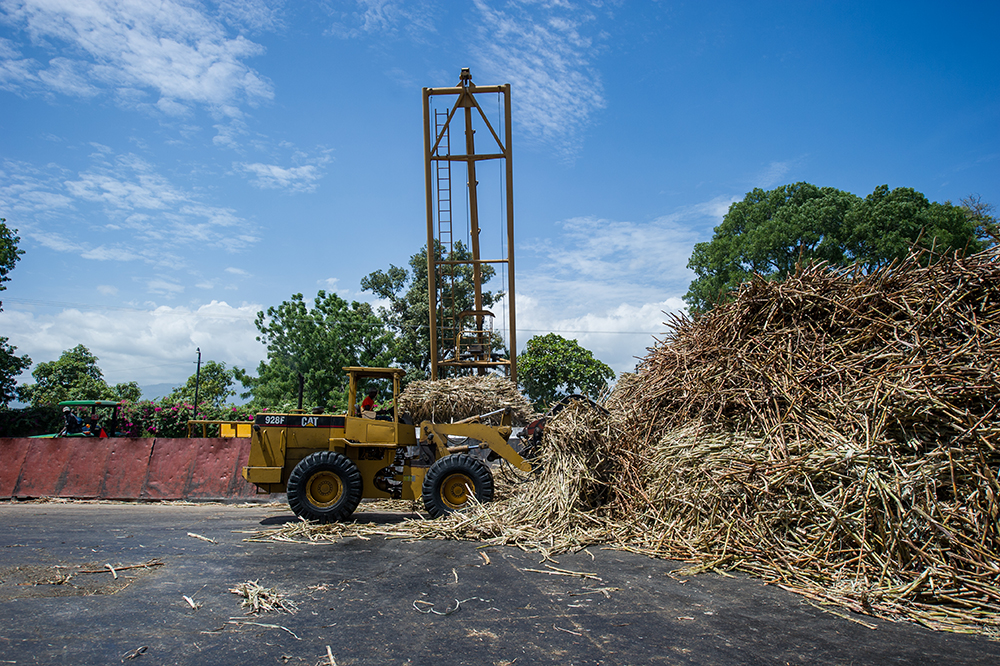 While much of Port-Au-Prince stands still in the wake of devastation, work in the Barbancourt Rhum Distillery moves busily forward. Photos courtesy of Authentic Caribbean Rum.
While much of Port-Au-Prince stands still in the wake of devastation, work in the Barbancourt Rhum Distillery moves busily forward. Photos courtesy of Authentic Caribbean Rum.
A trip to Rhum Barbancourt offers a view not only of the distillery but also of Port-au-Prince, Haiti, and its people. The distillery’s influence is thick in the air; its weight is tangible. There’s a story to tell here, even if it’s at first difficult to grasp in earnest.
When the country was ravaged by the earthquake, Rhum Barbancourt took its own lumps as well. “It was discouraging, your lifelong work,” says Gardère. Hundreds of regular casks were knocked over and destroyed, while several larger marrying vats were also toppled. Doors were blocked from within, and so much rum spilt from those casks and seeped into the ground that guards had to be placed to ensure that nobody lit a cigarette and sparked another round of catastrophe.
Despite what the business suffered, the immediate focus for Rhum Barbancourt was, of course, on the human impact and devastation. Several workers died during the earthquake, and many others lost family members, suffered injuries, or were left without a place to live.
“One of the big difficulties after the earthquake was people who lost their land and their home,” says Gardère. “I felt an obligation for my family, as well as my workers. I felt very much obliged to keep on and get it back.”
Barbancourt did what they could to help their employees get back on their feet. “We lent employees money to repair their homes,” explained Alain Duret, Barbancourt’s Director of Human Resources. “Or, to rent other homes if theirs was completely destroyed.” The Barbancourt Foundation, which was founded in 1998 with a focus on youth, health, education and culture initiatives, also provided 1,200 homeless Port-au-Prince residents with temporary tent shelters on their grounds.
From a business perspective, there were several further obstacles. “After the earthquake, we had many challenges,” explained Duret. “First, assessing the damage done to our installations. Second, finding the money to repair all those installations.”
All production was ceased for four months in the wake of the earthquake, and it took a full year to slowly build momentum towards full speed. “Only in the last 2 years were we almost where we were,” says Gardère.
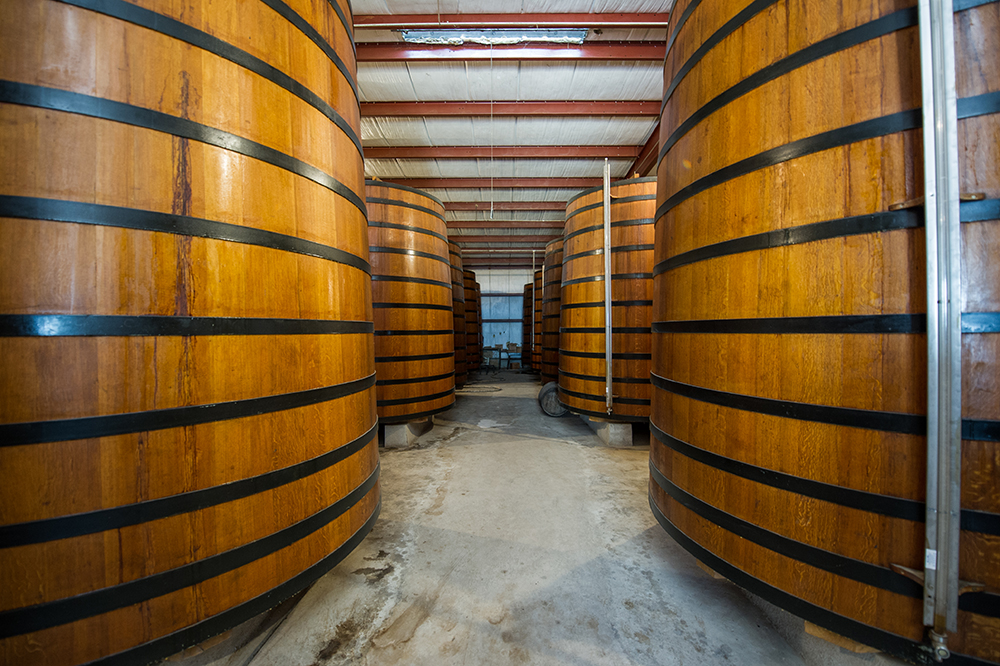 It’s taken significant time and money for Barbancourt to get back to being fully operational.
It’s taken significant time and money for Barbancourt to get back to being fully operational.
Even after full production capacities and aged stock levels were restored, the world around the brand was still in shambles, and the brand depends upon that world for much of its sales. In December 2008, just over two years prior to the earthquake, Rhum Barbancourt reached a peak, selling over 1 million total bottles. “We hope we get there again,” says Duret. “But the biggest reason we’re not is the local economy.” Duret estimated that the local market represents 90 percent of sales of small bottles, 175mLs, and 65 percent of sales of all full-sized bottles.
Rum as a category grew globally some 40 percent between 2000 and 2010, according to statistics from ACR’s Decade of Rum report. Certainly it’s grown more since, yet Barbancourt was left hamstrung as demand continued to expand. Today though, export sales for the brand are increasing. “By far, the U.S. is the biggest export market,” says Duret, with the brand also building its presence in Canada, Europe, and other Caribbean islands.
As an employer, Rhum Barbancourt is in a unique position. They employ over 400 people throughout the year (closer to 500 during harvesting season — during which time they also buy sugar cane from another 100 to 200 farmers).
“Barbancourt is a national icon in Haiti, because it’s a good product that everybody likes,” says Duret, echoing Gardère’s sentiments. “But also because it’s one of the only Haitian products that’s internationally recognized and acclaimed. Haitians are very proud of Barbancourt and they consider it a national treasure.”
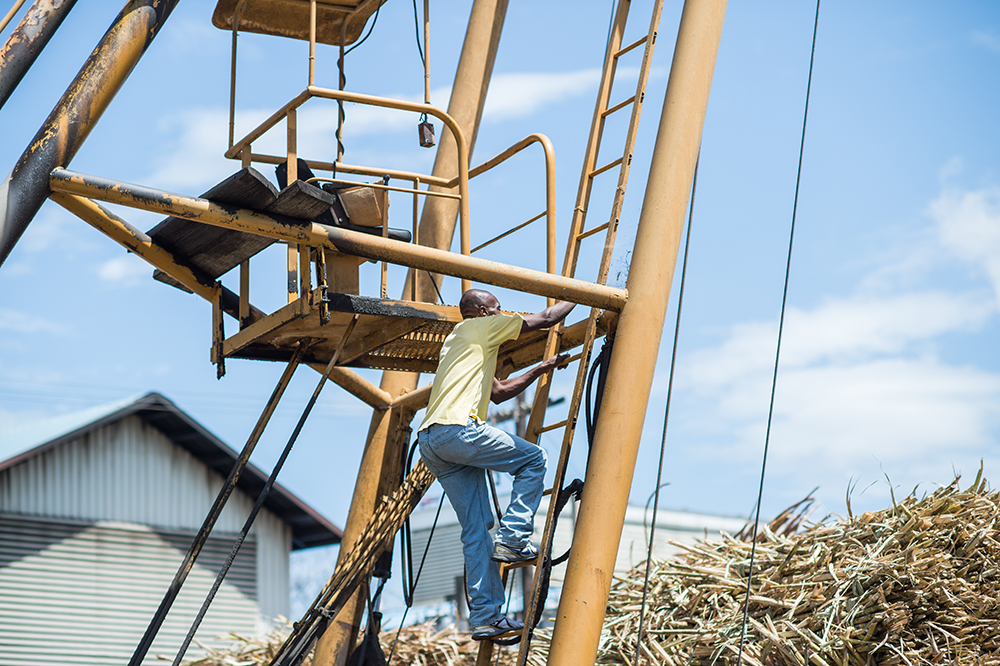 In a country with an unemployment rate between 40 and 50 percent, Haitians who work at Barbancourt are determined to succeed at one of the island’s few places of employment.
In a country with an unemployment rate between 40 and 50 percent, Haitians who work at Barbancourt are determined to succeed at one of the island’s few places of employment.
Yet, national treasure or not, there are larger concerns. “Employees like and respect the company but they live in very difficult conditions so they are more concerned with getting by and surviving,” says Duret.
He demands the best from employees, and if they fail to meet expectations, Duret does not hesitate to fire them — there’s a lack of other job opportunities, so if an employee is deemed to be frittering that opportunity away, Duret shows no tolerance. It produces an environment in which employees are fiercely loyal, and Barbancourt is perhaps even more revered locally. It’s not just the rum you want to drink, it’s the job you want to have and keep.
But Duret wants visitors to see more of what Haiti has to offer. Beyond the clutter and chaos of a Port-au-Prince still partially in ruins, there is lush greenery, forests and waterfalls. High-end restaurants and hotels. Yet the country is a study in contrast, with a hotel’s gates opening to a world of marble-lined luxury and resort swimming pools, closing out the rubble and poverty just steps beyond. The disparity of the have and the have-nots, their numbers on each side, and the proximity in which they exist, is both hard to fathom and difficult to witness.
“Rum is what we have,” says Neil Morris, ACR’s Global Ambassador. He’s referring to the Caribbean on the whole, where beyond the rum industry and its 100,000 jobs, “There’s nothing else besides tourism.” In Haiti, where tourism is a miniscule fraction of what many other island nations enjoy and there’s so much work left to be done to simply rebuild what was lost and ruined, the importance of the industry, and a brand such as Rhum Barbancourt, cannot be overstated.
“Try to enjoy Port-au-Prince,” says Gardère, as a tour wrapped to a close. “Which is hard, because so much was destroyed.”


